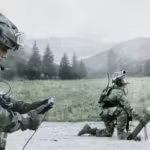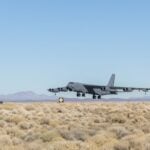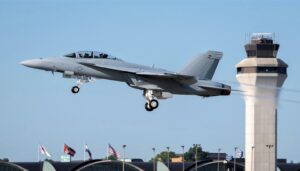
The U.S. Air Force updated software code on a Lockheed Martin [LMT] U-2 reconnaissance plane in-flight on Oct. 16, according to Air Force acquisition chief Will Roper. "Friday, a U.S. Air Force U-2 spy plane updated code during flight--a military first!" Roper said via Twitter on Oct. 19. Roper said that the two updates involved a "docker containment generating log files" and "improved target recognition algorithms." The U-2 Federal Laboratory at Beale AFB, Calif. used a Sandia Labs Electro Optical/Infrared…














